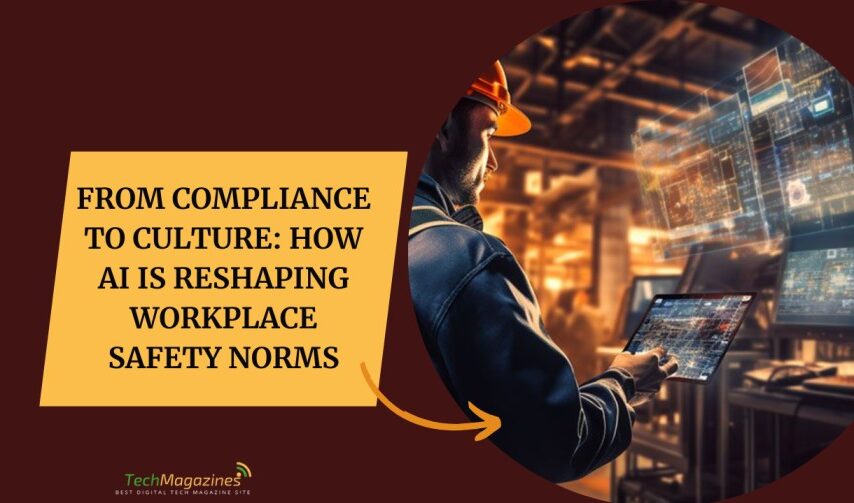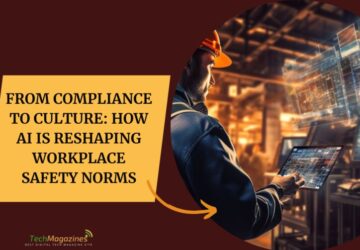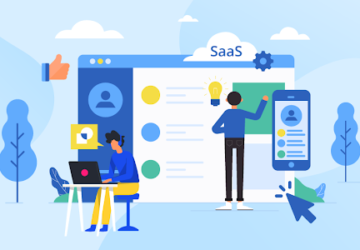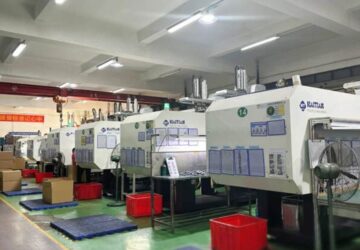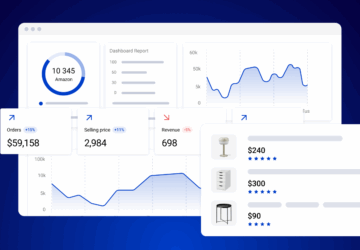For decades, workplace safety has been viewed primarily through a compliance lens—checklists, audits, and regulatory mandates aimed at minimising risk and avoiding penalties. While these practices have undoubtedly saved lives, they’re no longer sufficient in an increasingly complex and high-stakes environment. Today’s safety landscape demands more than just meeting minimum standards; it calls for embedding safety into the very fabric of company culture.
Artificial intelligence (AI), particularly in the form of computer vision and machine learning, is proving to be a catalyst for this transformation. By moving beyond traditional reactive models, AI enables organisations to proactively identify and mitigate risks in real time. But its true potential lies not just in detection, but in reshaping how teams think, act, and feel about safety itself.
In this article, we explore how AI is accelerating the shift from compliance-focused programmes to cultures of continuous safety improvement—and what that means for leadership, operations, and the future of workplace wellbeing.
Why Compliance Alone Is No Longer Enough
Most companies understand the importance of complying with workplace safety regulations. Inspections are conducted, training is completed, and violations are addressed when discovered. However, this reactive approach has several limitations:
- Inspections occur infrequently, often missing time-sensitive or evolving risks.
- Incident reports are typically created after an injury has occurred.
- Human error, fatigue, or bias can affect the consistency of monitoring efforts.
As a result, even well-intentioned compliance programmes may leave blind spots—areas where risks persist simply because they fall outside the scope of traditional oversight. In dynamic environments such as manufacturing floors, warehouses, and logistics centres, the cost of these gaps can be severe.
To truly protect workers and reduce incidents, organisations must go beyond reacting to problems and start predicting and preventing them before harm occurs. That’s where AI excels.
AI as a Cultural Driver, Not Just a Compliance Tool
AI’s value in safety isn’t limited to automation. It lies in how it redefines expectations and behaviour. When deployed effectively, AI becomes a constant presence—a digital safety companion that operates 24/7, offering visibility and insight that manual methods simply can’t match.
Its presence signals to employees that the organisation takes safety seriously. It also shifts the tone of safety conversations. Instead of only discussing past mistakes, teams begin talking about proactive strategies, continuous learning, and how to leverage real-time data for improvement.
Ultimately, AI contributes to a mindset shift: from policing behaviour to fostering ownership. This is the heart of a safety culture—one where every employee sees safety as a shared responsibility, not a checklist item.
Real-Time Monitoring Changes the Rules
Traditional compliance relies on retrospective review—an incident occurs, it’s documented, and teams work backward to understand what happened. AI flips this model. With computer vision and real-time analytics, AI identifies hazards as they emerge, not days or weeks later.
This has profound implications:
- Unsafe behaviours are flagged immediately, allowing instant intervention.
- Repeated violations trigger data-backed reviews and targeted retraining.
- Organisations gain a dynamic risk profile, adjusting protocols based on live conditions.
These capabilities reduce both the frequency and severity of incidents, which in turn improves morale, reduces absenteeism, and builds credibility with regulators and insurers.
From Policies to Practice: Reinforcing Behavioural Change
One of the hardest parts of building a safety culture is turning written policies into daily habits. AI helps close this gap by reinforcing the rules in real time. When a forklift operator drives too fast, or a technician forgets PPE, an alert can prompt immediate corrective action.
This feedback loop makes policies tangible and timely. It also supports a coaching approach—educating rather than penalising workers and building long-term behavioural change. Over time, workers internalise safety expectations because they experience them consistently, not just during training sessions.
Making Safety Data Actionable and Transparent
Data is a powerful driver of culture—but only if it’s accessible and actionable. AI platforms generate structured reports that highlight leading indicators of risk, such as near misses, frequency of non-compliance, and hazard trends by location or shift.
Safety leaders can use this data to create visual dashboards, discuss progress in meetings, and set measurable goals. When employees see how their actions affect safety metrics—and how improvements are recognised—they’re more likely to take ownership of outcomes.
Just as importantly, this data fosters transparency. Rather than hiding incidents, teams are encouraged to discuss and learn from them, reinforcing a growth mindset over a blame culture.
Aligning AI with Human-Centric Safety Values
Despite its benefits, AI must be introduced thoughtfully. Surveillance concerns, privacy issues, and fear of job replacement can all create resistance if not addressed openly. That’s why communication and policy alignment are essential.
AI systems should be configured to monitor environments and behaviours—not individuals. Anonymised video processing, edge computing, and clear usage policies reassure employees that safety, not surveillance, is the goal.
Framing AI as a partner in safety—not a watchdog—builds trust. When workers see it helping prevent harm and simplify their routines, adoption becomes a shared win.
AI’s Role in Long-Term Safety Transformation
Embedding safety into culture is a long-term commitment. It requires leadership alignment, consistent reinforcement, and adaptable systems that evolve with the business. AI accelerates this journey by providing the tools, insights, and consistency that manual methods lack.
More than anything, it moves safety from the margins of compliance to the centre of strategic thinking. Companies that use AI for safety are not just reacting to risk—they are redefining what workplace excellence looks like.
Where to Learn More
To guide this transformation, it’s helpful to explore resources that combine technical knowledge with cultural insights. One such starting point is a comprehensive report on AI-driven workplace safety, which outlines the principles, tools, and strategies companies can use to modernise their safety programs and embed them into daily operations.
With the right foundation and mindset, AI becomes more than a tool—it becomes the foundation of a stronger, more resilient safety culture.
Final Thoughts Without the Heading
The evolution from a compliance-first approach to a culture-driven safety model is not only timely but essential. As organisations face mounting pressure from regulators, insurers, and stakeholders, integrating AI into their safety frameworks offers a clear path forward. It creates smarter workplaces where safety isn’t reactive—it’s embedded, continuous, and measurable.
For safety leaders and operations managers, the message is clear: this is the moment to lead with vision. By embracing AI, companies are not just checking boxes—they’re building a resilient, empowered, and future-ready workforce.

